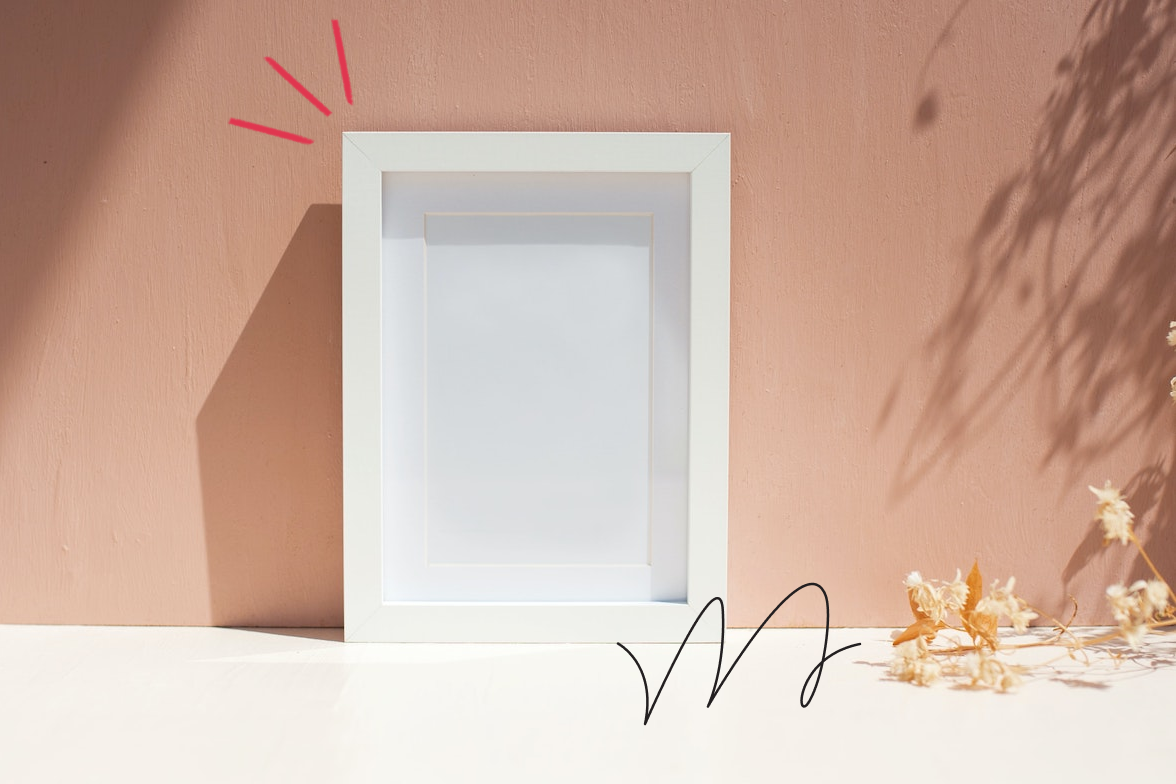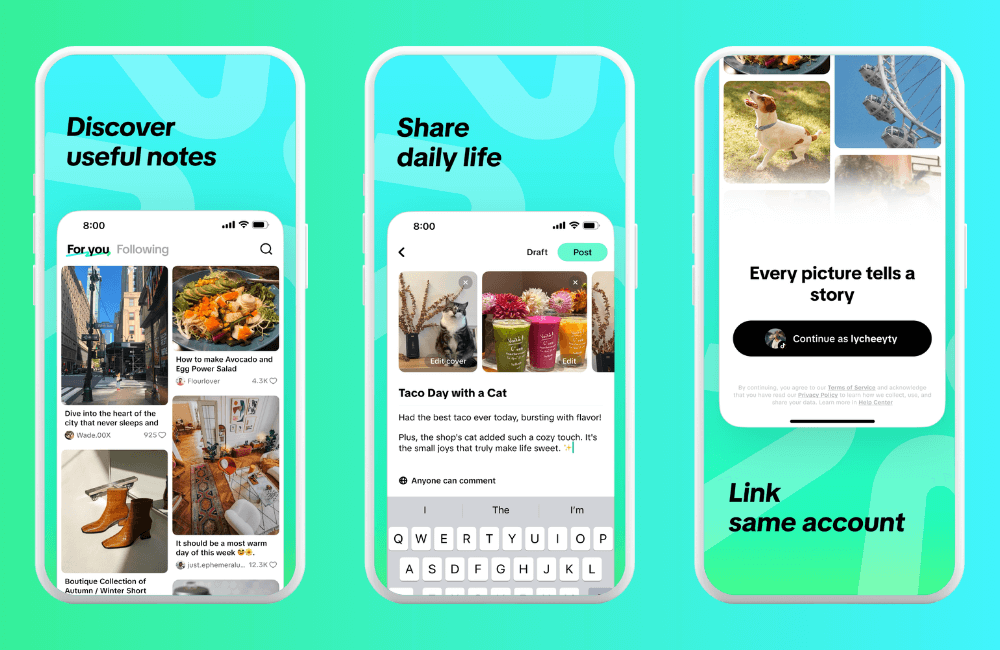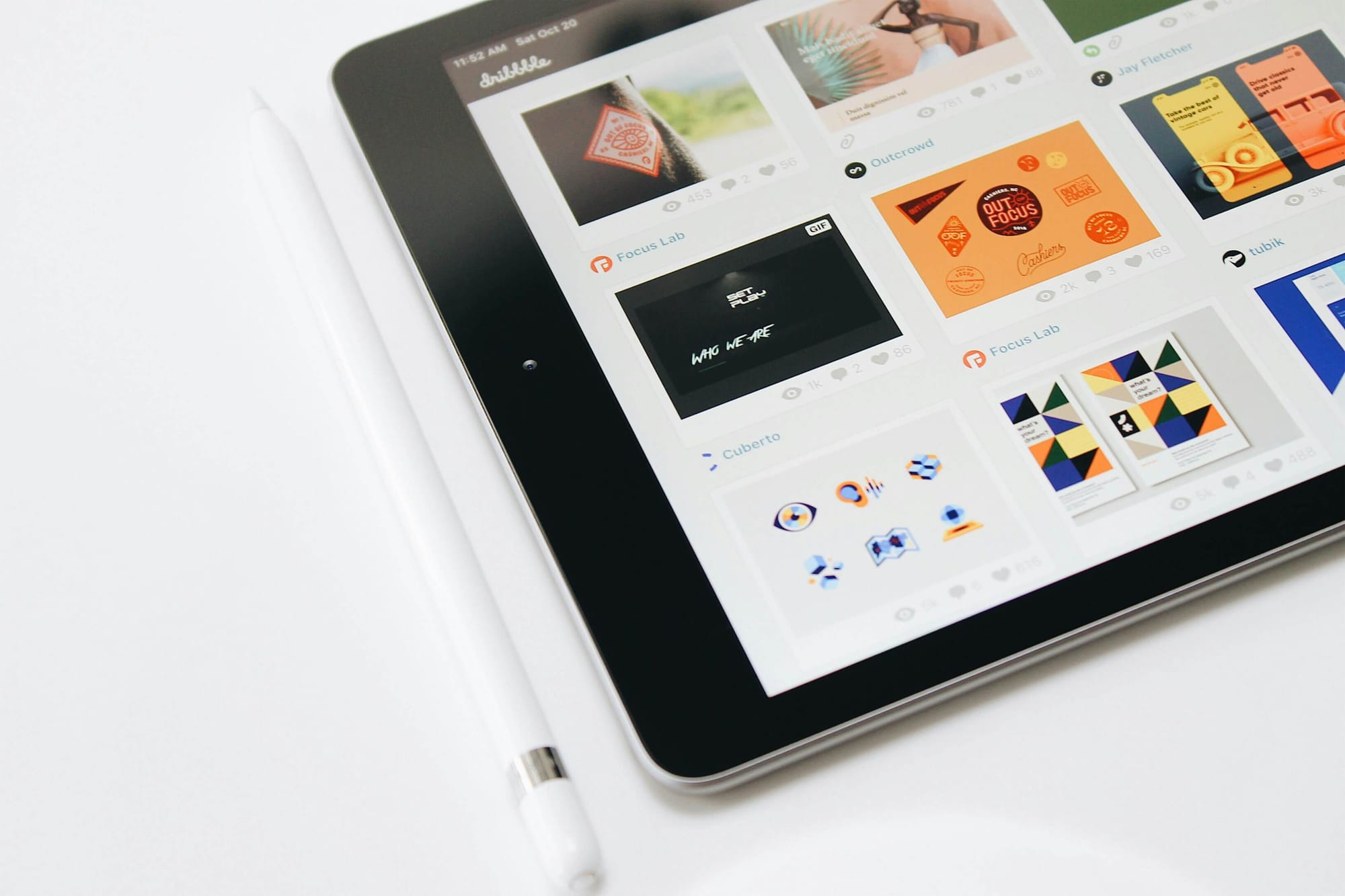
A Branding Expert Shares: How to Use Design Templates Like a Pro
Whether you’re using Canva, Adobe Spark, or any of the other design template tools on the web, read on for my best advice for making sure your brand continues to shine.
Founder of MMarchNY & Mojomox
As a branding designer, most people assume I’m against companies using design templates. After all, how can you make your marketing materials feel uniquely you when you’re using a template that thousands of other people are probably using, too?
I feel the opposite, though: Templates are a great way for small businesses to extend their often tiny design budgets. In fact, you shouldn’t invest in premium, custom marketing assets before you have enough cash, and before you’ve solidified your business strategy and truly defined your brand.
But there are also a lot of bad templates out there, and it can feel overwhelming to know how to use them if you haven’t before. Whether you’re using Canva, Adobe Spark, or any of the other design template tools on the web, read on for my best advice for making sure your brand continues to shine.
1. Keep It Simple
It’s easy to get overwhelmed by the options available when you browse most design template apps—which can tempt you to choose the first thing that looks good rather than intentionally picking a template that aligns with your brand.
To prevent this, have a vision for what you want your template to look like before you even start looking at options. Consider what elements you need for the asset you’re creating. A simple header and photo for an Instagram graphic? Several blocks of text for an event ? A “buy now” button for a website graphic? Which of those elements need to stand out most based on your goals for this post or campaign?
With this in mind, you can easily sort through the splashy distractions that don’t actually serve your needs. In general, it’s best to go with the simplest option that checks all the boxes you’re looking for. Ideally, it’s also something that could easily be adapted to use for multiple types of marketing assets so you can keep things cohesive across channels.
2. Customize With Your Brand Look
Design templates are a great starting point, but they shouldn’t be used as-is. Obviously, you’ll want to fill in your own content, but you can also update the colors and fonts to make the template look and feel like they were made just for your brand.
If you don’t already have some sort of brand style guide, you’ll want to create a simple one before you start using templates. At a minimum, include a color palette and specific fonts that you’ll use on all design assets. There are plenty of tools out there to help you define these if you’re just getting started and don’t have money to pay a professional.
You may also want to add guidelines for other elements, like illustrations or photos, to your style guide. For instance, if you’re going to be using stock photography or illustration, you could describe some of the qualities you look for or even make a list of specific artists whose collections you always pull from to keep things looking cohesive.
3. Don’t Get Distracted by the Trends
It’s easy to get excited by design trends you’re seeing all over Instagram, but it’s also easy to get too swept up in those trends and integrate them into your design assets, even though they don’t actually align with your brand.
I recommend finding a handful of templates that work for you and sticking with them. People don’t realize that it’s totally fine to use the same template multiple times—in fact, it might be better for the sake of keeping your brand looking consistent.
But if there’s a new design template that’s really caught your eye or a trend that you think could help you get more engagement, there is an easy way to gut check whether it’s on brand for you. Simply customize the template with your brand look, and then compare it to existing assets on your feed to make sure it feels like part of the family. If it looks cohesive, go ahead and add that template to your mix—if not, it’s better for your brand to let it go.
4. Focus on What Your Brand Is Really Trying to Say
My last piece of advice for making the most of templates is to not spend so much time stressing about your templates! So many small business owners put too much emphasis on design in general when there are so many other things that are critical to your brand, like the messaging you use with your customers and your overall business strategy.
Pick a few templates you like—prioritizing functionality over flashiness—and then let yourself redirect your energy to writing stellar copy for your graphics, A/B testing CTAs, and everything else you can control to make your brand stand out online.
Try Buffer for free
140,000+ small businesses like yours use Buffer to build their brand on social media every month
Get started nowRelated Articles

TikTok Notes is coming — and the new text and photo-sharing app is not just an Instagram clone. Here's everything we know about the platform so far.

How to source the best audio clips for your TikToks while they’re still popular, plus examples of TikTok sounds with staying power.

In this article, we've curated the top five graphic design trends for social media branding in 2024.